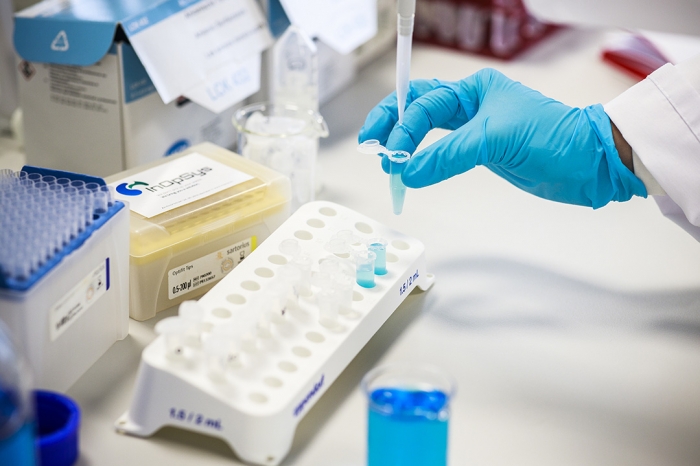In October 2020, the EU published “Chemicals Strategy for Sustainability Towards a Toxic-Free Environment”. This long-term strategy sets the first step towards Europe’s zero pollution ambition. The main goal of this strategy is to protect humans and the environment from the harmful effects of pollutants, in particular PFAS, endocrine disrupting compounds, and mixtures of chemicals. Another document, “European Union Strategic Approach to Pharmaceuticals in the Environment”, stipulates the intention to reduce the risks posed by the pharmaceuticals in the environment. For the industry, it means phasing out the chemicals of high concern, stricter workplace rules, and naturally, lower discharge limits in the water.
Many of the above-mentioned chemicals are bioaccumulative and persistent. This means that the conventional wastewater treatment techniques, such as coagulation, UV, oxidation with ozone, biodegradation, etc., often prove inefficient in removing these chemicals. Creating a toxic-free environment requires a truly innovative approach to wastewater treatment challenges.
The multi-purpose treatment offered by Inopsys employs high-throughput caging technology based upon similarities in the physicochemical properties of the chemical pollutants. We provide tailored solutions for the up-concentration of persistent chemicals to such an extent that they can be eliminated by high-temperature incineration, thereby preventing leakage to the environment. The caging technology significantly outperforms the benchmark activated carbon in terms of costs, efficiency, and treatment time. The cutting-edge materials used in the caging technology can be regenerated, ensuring a sustainable treatment train.

